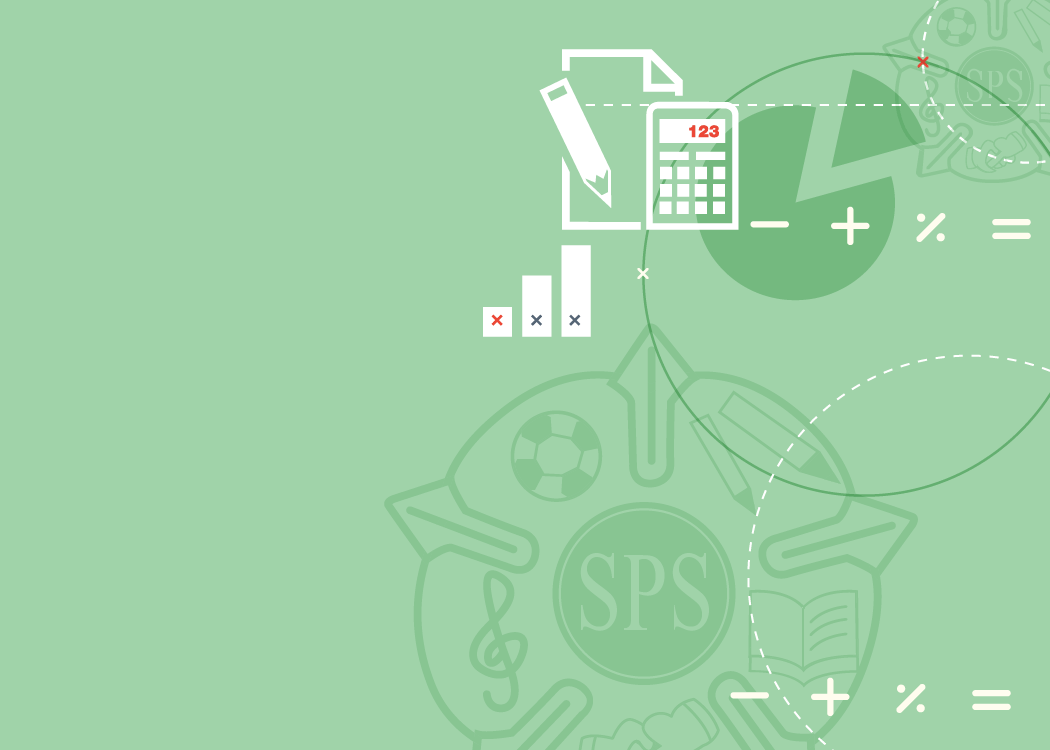Maths – Counting and Place Value
Subject Key Objective Progression & Development by Year Groups
The following is a guide to help you understand your child’s progression through school.
All lessons are differentiated. This means teachers plan activities that enable the objective to be learned by all children including those who will find the objective challenging, those children who with hard work will secure good progress and those children who can tackle extra stretch and challenge in this subject.
Intent, Implementation and Impact
The curriculum is designed with our pupils and the Swinemoor community in mind.
It enables children to access and enhance their understanding of their home, their town and the wider community, developing their cultural capital and giving them opportunities and choices about their future and their impact as they progress through their school career and beyond.
This will help them become successful members of modern British society, preparing them for the challenges and opportunities.
Maths – Counting and Place Value

EYFS: “Count reliably with numbers 1 – 20”
KS1: “Count to and across 100, forwards and backwards, beginning with 0 or 1, or from any given number” “Count in steps of 2, 3, and 5 from 0”
KS2: “Reads, writes and compares numbers to 10,000,000; counts in all common multiples.”
EYFS:
Count (T1)
Number line (T1)
Numeral (T2)
KS1:
Multiple (T2)
Represent (T1)
Partition(T2)
KS2:
Place Value (T2)
Decimal (T2)
Intervals (T3)
When teaching maths for mastery, the whole class moves through topics at broadly the same pace. Each topic is studied in depth and the teacher does not move to the next stage until all children demonstrate that they have a secure understanding of mathematical concepts.
Students are given time to think deeply about the maths and really understand concepts at a relational level rather than as a set of rules or procedures. This slower pace leads to greater progress because it ensures that students are secure in their understanding and teachers don’t need to revisit topics once they’ve been covered in depth.
Teaching maths for mastery is different because it offers all pupils access to the full maths curriculum. This inclusive approach, and its emphasis on promoting multiple methods of solving a problem, builds self-confidence and resilience in pupils.
Though the whole class goes through the same content at the same pace, there is still plenty of opportunity for differentiation.
Those children who are not sufficiently fluent are provided additional support to consolidate their understanding before moving on. More able children are encouraged to develop deeper thinking and reasoning skills through problem solving activities.
Through our approach to mathematics, children are encouraged to problem solve and apply their understanding to real life situations.
Taking risks, and explaining understanding is integral to the whole class discussion of mathematics within every lesson.
Children understand that they must listen and learn from each other, as well as working together to achieve more. The history of mathematics is explored which demonstrates the universal nature of the subject and the notion that different cultures have, at different times, been at the forefront of development in the subject.
Pupils will learn about famous mathematicians and the impact they had on their own Mathematics learning today.
What will be made, produced, performed, or published?
In each mathematics lesson, children will collaborate to solve problems together as well as independently, before presenting their understanding to the class in a variety of ways including discussion and representations.
Children will produce pieces of work to record and demonstrate their understanding in their own words, using appropriate vocabulary and representations.
What knowledge will the children have embedded?
All children will have a secure understanding of the number system at the appropriate age level.
They will be able to apply their understanding to solve problems, reflect on their understanding and explore new concepts.
What retention may be demonstrated?
Here are some example questions that may be used to assess children’s understanding.
EYFS: Can you count to 20 for me? How many cubes do I have here? Can you find fifteen on a number line?
KS1: Can you continue to count for me… 26, 27….” “Can you write me the next three numbers in the sequence?
KS2: What is the value of the underlined digit in each of these numbers?” “How can we represent 65,048 on a number line?
Maths – Measurement – Primary Curriculum
Maths Measurement – Foundation stage:
Plays with coins and notes in shopping activities.
Maths Measurement – Year 1:
Recongnises and knows the value of different coins and notes.
Maths Measurement – Year 2:
Uses the £ and p signs; combines coins to make simple amounts, begins to work out change.
Maths Measurement- Year 3:
Adds and subtracts money to give change using both £ and p.
Maths Measurement – Year 4:
Estimates, compares and calculates money in pounds and pence.
Maths Measurement – Year 5:
Solves money problems using addition, subtraction, multiplication and division.
Maths Measurement – Year 6:
Solves complex money problems; converts from p to £ and £ to p.
Maths Measurement – Mastery:
Solves complex money problems that may involve percentages.

This collection of short films and resources will help you understand your child’s progression through school.
The curriculum film resource has been broken down by subject area initially and then by topic area.


